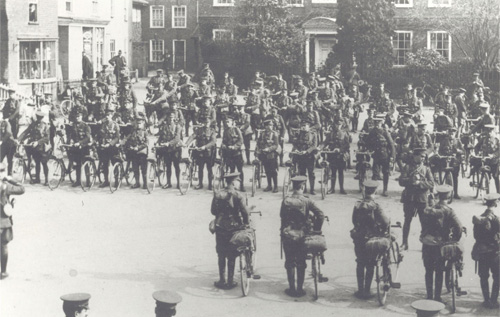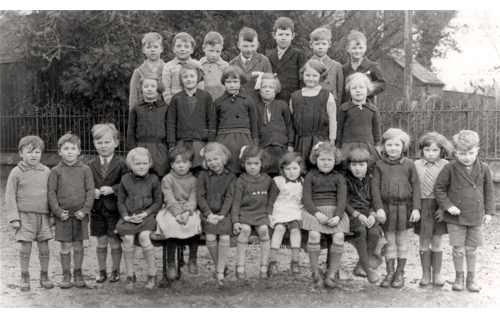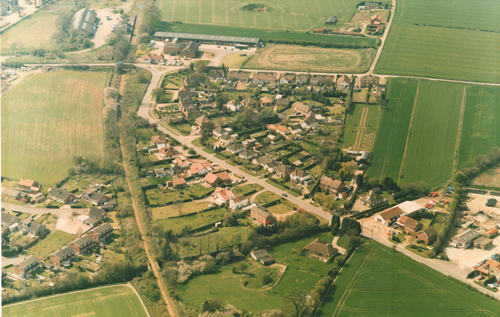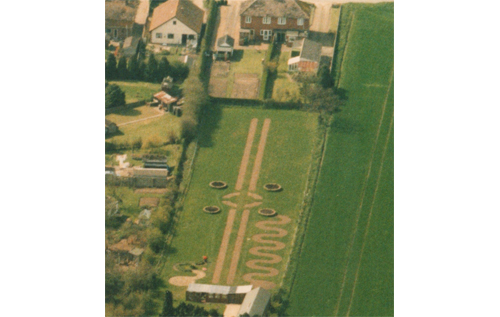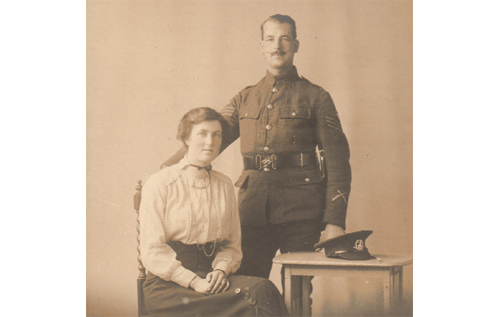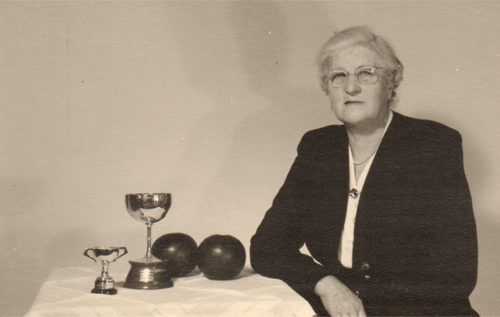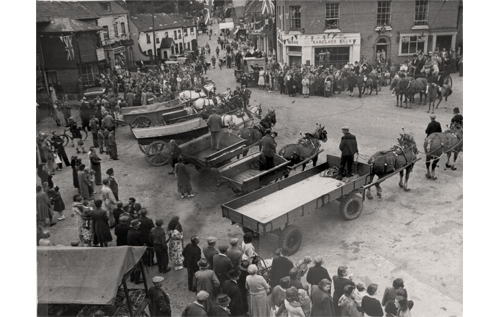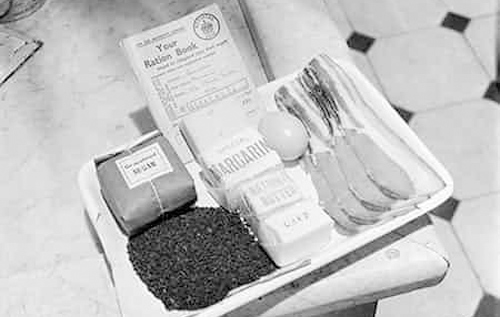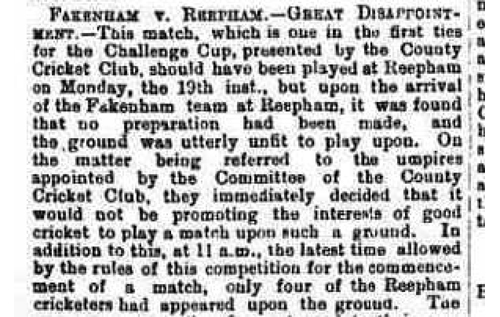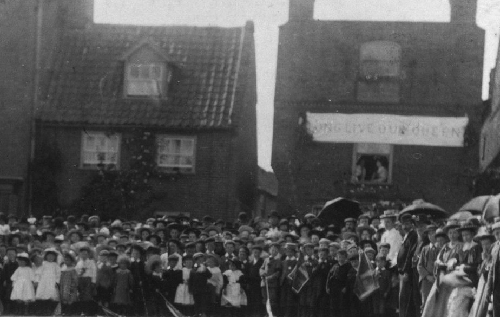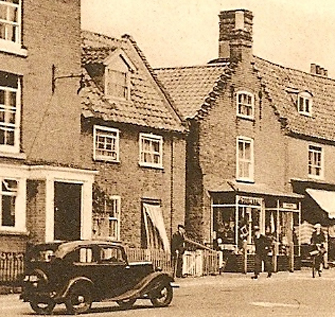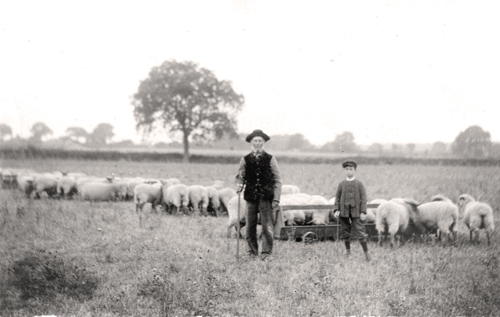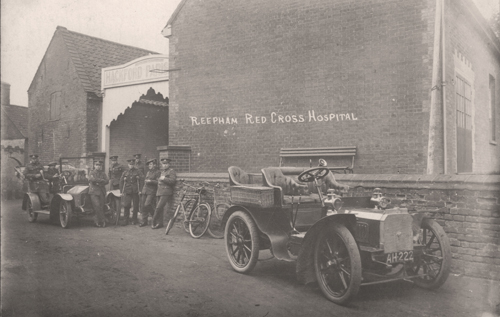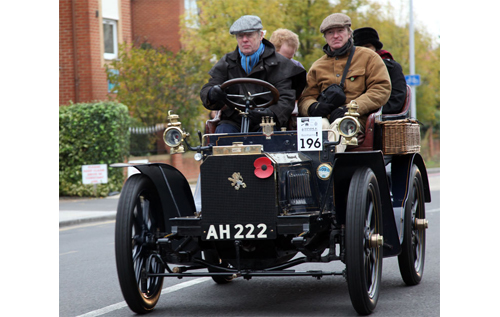The November picture in the Reepham Life 2018 Calendar shows Hackford House (now the Bircham Centre) as a First World War hospital.
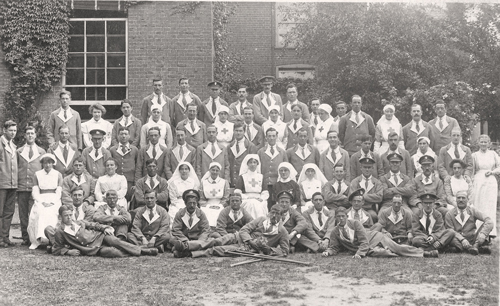
At the outbreak of the war, the British Red Cross had already secured buildings, equipment and staff, and was able to set up temporary hospitals as soon as wounded men began to arrive from abroad.
By December 1914, Reepham Red Cross Hospital was in operation as a 12-bed VAD (Voluntary Aid Detachment) Auxiliary Hospital No. 52, the first wounded having arrived at the “Parish Hall from Norwich conveyed in motor cars lent by local gentlemen”.
Samuel Bircham had donated the use of the Scouts’ Club Room (at the back of the Bircham Centre garden) as a kitchen facility and later gave permission for Hackford House to be used, which accounts for the number of “Hospital Blues” in the calendar photograph.
Permanent staff included a commandant (Lady Grace Barry of Witchingham Hall), a quartermaster, a matron, some full-time nurses and a number of VAD nurses. Many local volunteers from Reepham provided cooking, cleaning, laundering and night-duty support.
Each volunteer had a record card and the card of Nan Bircham (Samuel Bircham’s daughter-in-law) is shown below.
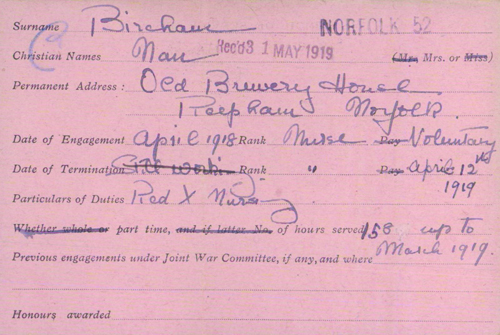
Her sister, Dorothy Bruce, is also on the list, and although she gives a Norwich address, we can probably assume that she spent some nights at the Old Brewery House, where Nan lived with her children Merrick, Michael and Ann.
Also pictured is the card of Dr E.V. Perry, medical officer-in-charge, who lived at Eynsford House.
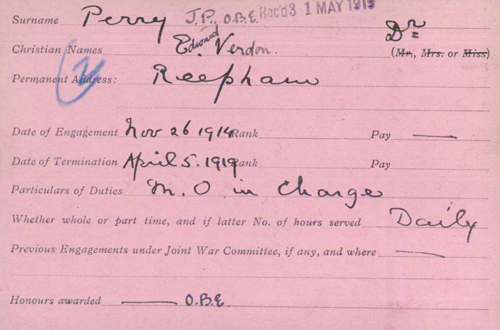
Janet Archer
The Reepham Archive is open to the public on the first Wednesday and Saturday of the month from 10 am – 12 noon (or by appointment), upstairs in the Bircham Centre, Market Place, Reepham. Email: reephamarchive@gmail.com


